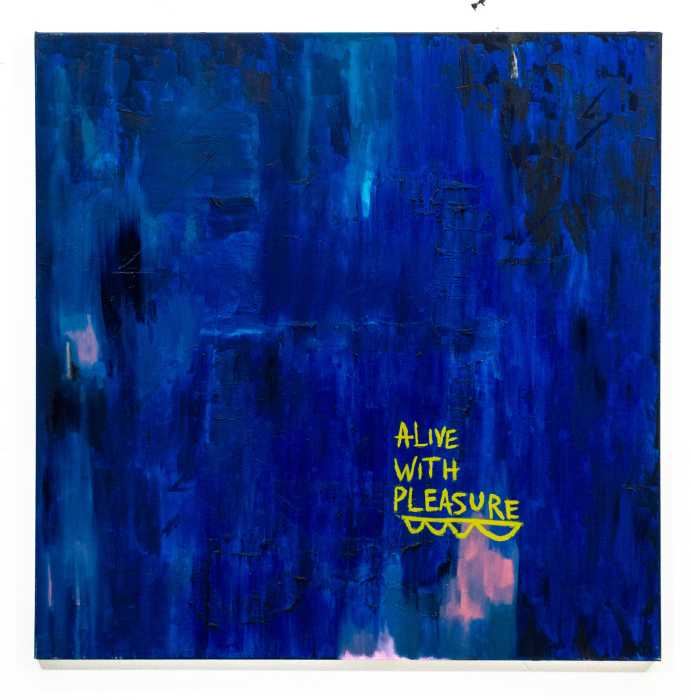‘The Lifespan of a Fact’ runs through Jan. 13 at Studio 54. 254 W. 54th St., lifespanofafact.com.
Fact-checking an essay about a recent teen suicide – a task assigned at the last minute by a high-profile editor to a low-rung intern – leads to a high-pitched debate on ethical journalism and taking liberties with the facts in the pursuit of emotional impact in “The Lifespan of a Fact.” A feisty but undercooked new play on Broadway, it stars Daniel Radcliffe as Jim (the high-wired and unwavering fact-checker), Bobby Cannavale as John (the pretentious and grouchy writer) and Cherry Jones as Emily (the unfazed and commercially-minded editor).
It is based on a unique 2012 book of the same title that combines the text of John D’Agata’s 2003 essay “What Happens There” (which views the suicide of 16-year-old Levi Presley from the top of the Stratosphere Hotel in Las Vegas in a wider cultural context) with an extensive dialogue between assigned fact-checker Jim Fingal (who questions the veracity of virtually every detail) and D’Agata (who loftily proclaims to be an essayist rather than a reporter).
In the play (co-written by Jeremy Kareken, David Murrell and Gordon Farrell), Jim and Emily fly out to Vegas in order to confront John, allowing them to all air their grievances and make their arguments in person. At length, they pick apart the details (statistics, units of time, colors, names and so on) and debate whether altering them is problematic from both ethical and business (i.e. whether it could lead to a lawsuit or social media uproar) standpoints.
Needless to say, the play has significant relevance in the current political environment, in which virtually every new tweet by the president is subjected to vigorous fact-checking and concern is growing that society’s grasp on the truth is slipping away.
The circumstances depicted in the play also bring to mind the uproar over Mike Daisey’s 2011 one-man show “The Agony and the Ecstasy of Steve Jobs” after it was revealed that much of the show was based on fabricated facts.
While the production (directed by Leigh Silverman, “Violet”) is lively and centered on three great actors fighting it out, the play itself is rather thin (little more than the back-and-forth dialogue on which it is based) and the characters are all one-dimensional. It is also problematic that the show (unlike the book) is unable to convey the full extent of D’Agata’s essay, without which the subsequent analysis lacks context.
The 90-minute play does not so much fizzle out in the end, rather it concludes without a resolution. But for a good deal of time before that, the audience’s attention is maintained by the trio’s high energy and the significant issues that they confront.




































